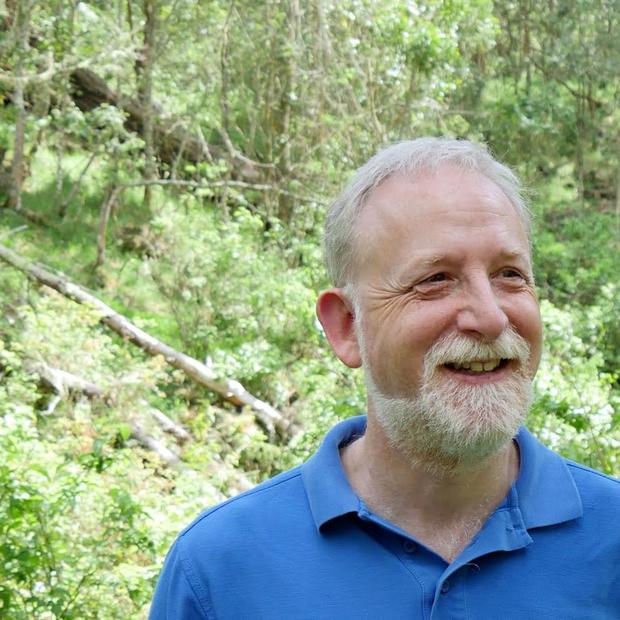Human settlement is often driven by topography, viewpoints and strategic advantage. Independent towns and urban neighborhoods alike share an historic affinity for hills.
Terrain-intensive cities like San Francisco and Seattle are no exception, and city planning considerations converge around “urban villages” such as Nob Hill, Russian Hill, Capitol Hill, and Queen Anne Hill.
Places in their own right, these hilltop centers can serve as the partially self-contained models for the compact and dense urban neighborhoods which are increasingly the vanguard of new century urbanism. But what about the the hill town of old?
Is it an an artifact of the bygone invaders and armies beyond the walls? Touring the dramatic perche's (“perched” or hill towns) in the South of France, it is hard to simply dismiss them as an anachronism — especially in light of today’s stated urban ideals.
After all, several common hill town characteristics are consistent with new urbanist principles. These features include: a blending with with natural topography; a pedestrian identity, with limited vehicular access; an emphasis on aesthetic principles (views to and from); communal groupings of institutions around public open space; careful blending of public pathways and private dwellings; efficient living spaces, and allowance for density; as well as innovative bases for water collection and storage and management of sewage and stormwater discharge.
Of course, we can only carry such inspiration so far. Do we see light rail stops at the towns’ base? Energy efficiency and LEED-certified construction?
These elements are clearly outside the context of the historic examples pictured here. Nonetheless, we need to take regular walks among human precedent, where under duress, people showed innovation and dynamic placemaking in order to survive.
This article originally appeared on myurbanist.com.



